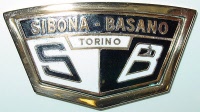 |
Elio and Emilio Basano were young brothers who started up a small prototype shop in Torino near Ghia about 1960 and did some work for Ghia and OSI on various projects. In 1962 Pietro Sibona, who was a master at metal working, left Ghia and became the brothers' main partner in Carrozzeria Sibona-Basano, s.n.c. located in Via Eritrea, 23.
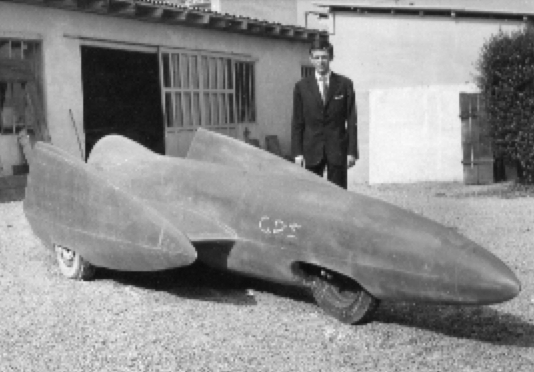
Elio Basano (left) with a proposed 1962 wild design of Virgil Exner Jr. that Gigi Segre thought would make a good follow-up to the 1960 Ghia 'Selene II' (see pic bellow), but the Italian press told Luigi that it was too radical and it was never finished. Too bad, shortly after, the world's land speed record was broken by a similar design at the Bonneville salt flats in Utah.

Sibona-Basano made their exhibition debut in their "home-town" show in 1963, in the 45th Salone Internazionale dell'auto di Torino. In their stand, at a corner of the "Carrozzieri" hall they had the SIMCA 'Cerbiatto', a 2 places Spyder based on a shortened SIMCA 1000 chassis (red car bellow) and the Mistral 2 + 2 cabriolet based on Simca 1300/1500 components (the green car).
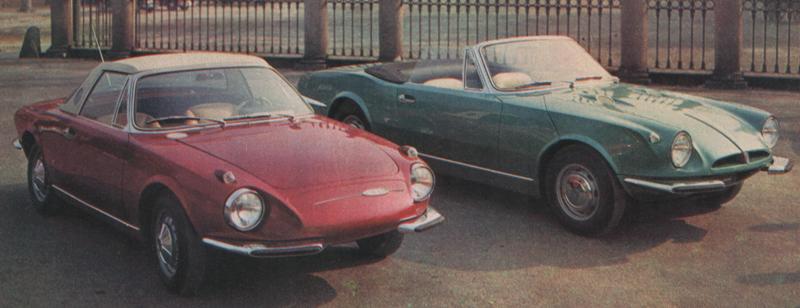
In the 1964 Torino Show, Sibona-Basano showed the Exner-Mercer-Cobra sports car with copper decoration, a little beach car in moulded plastic based on the Fiat 500 called Decathlon and a little shoe-shaped prototype for a city-traffic car, the Tsé-Tsé.
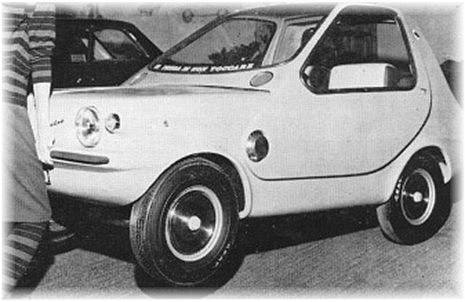
The Tsé-Tsé Town Car, powered by a 500cc air cooled engine had 2-seats and it could turn in its own lenght. Its body was in glass fibre and it opened at the front with this curious forward-hinging screen/roof to get in.
This study for a city-car with 2 seats, small dimensions, good handling, low-price was presented along with the Fiat 500 Decathlon (bellow).
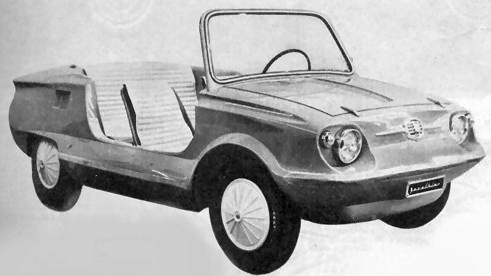
The third car Sibona-Basano took to the 1964 Torino Show was the Mercer-Cobra that had been previously (October) in Paris Show on Ford of France stand. Brook Stevens "heartily recommended" Sibona-Basano to Virgil Exner (father and son) when they were looking for somebody to build it. Sibona-Basano beated the Ghia price to build this car and according to Exner Jr. "they were wonderful to work with it".
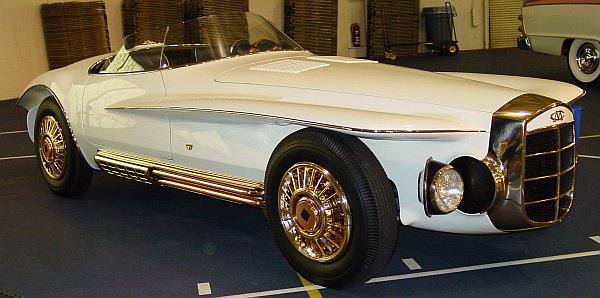
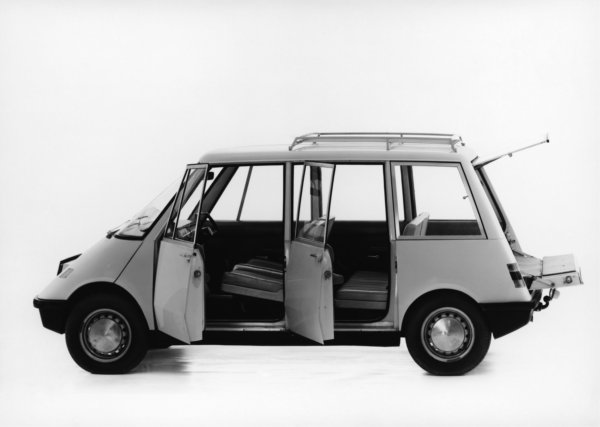
Sibona-Basano made several prototypes from designs by Pio Manzù like Autonova GT or this (left) Autonova fam from 1965. With assistance from NSU, Glas, Recaro, VDO, and Boge, this early minivan featured a variable interior configuration and a horizontally split rear hatch. Unusual features included an electronically controlled manual transmission, load-leveling suspension struts, and progressive steering, which reduced the steering wheel travel to 280 degrees lock-to-lock. Instead of a steering wheel, it used a yoke with integral switches.

It still employed rear-wheel drive. Four cylinder engine by Glas, 1281 cc, 60 hp (44 Kw). It was presented on the 1965 Frankfurt Show (IAA) in NSU stand along with the Autonova GT (bellow).
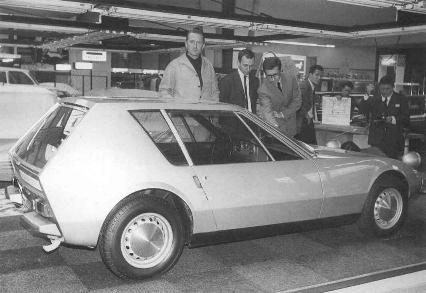
The Studebaker prototypes, to be done soon...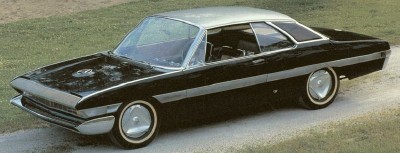
[Brooks]Stevens decided his only hope was Italy, but not some high-priced outfit like Pininfarina. Happily, he discovered a small coachworks in Turin called Sibona-Basano. "I walked in," he remembered, "and there was laundry on the line and chickens running around. I took these two little guys out and fixed them up with Camparis. We got good prices out of them -- $16,500 per car, an incredibly low figure." Better yet, the finished models were worthy of a Pininfarina. Stevens termed them "jewel-like," and recalled ´[Sherwood] Egbert being very excited about them.
Pietro Sibona ended his partnership with the Basanos and became OSI's "perfect chief of the prototypes shop" (Sergio Sartorelli's words) until the end of OSI's style center.